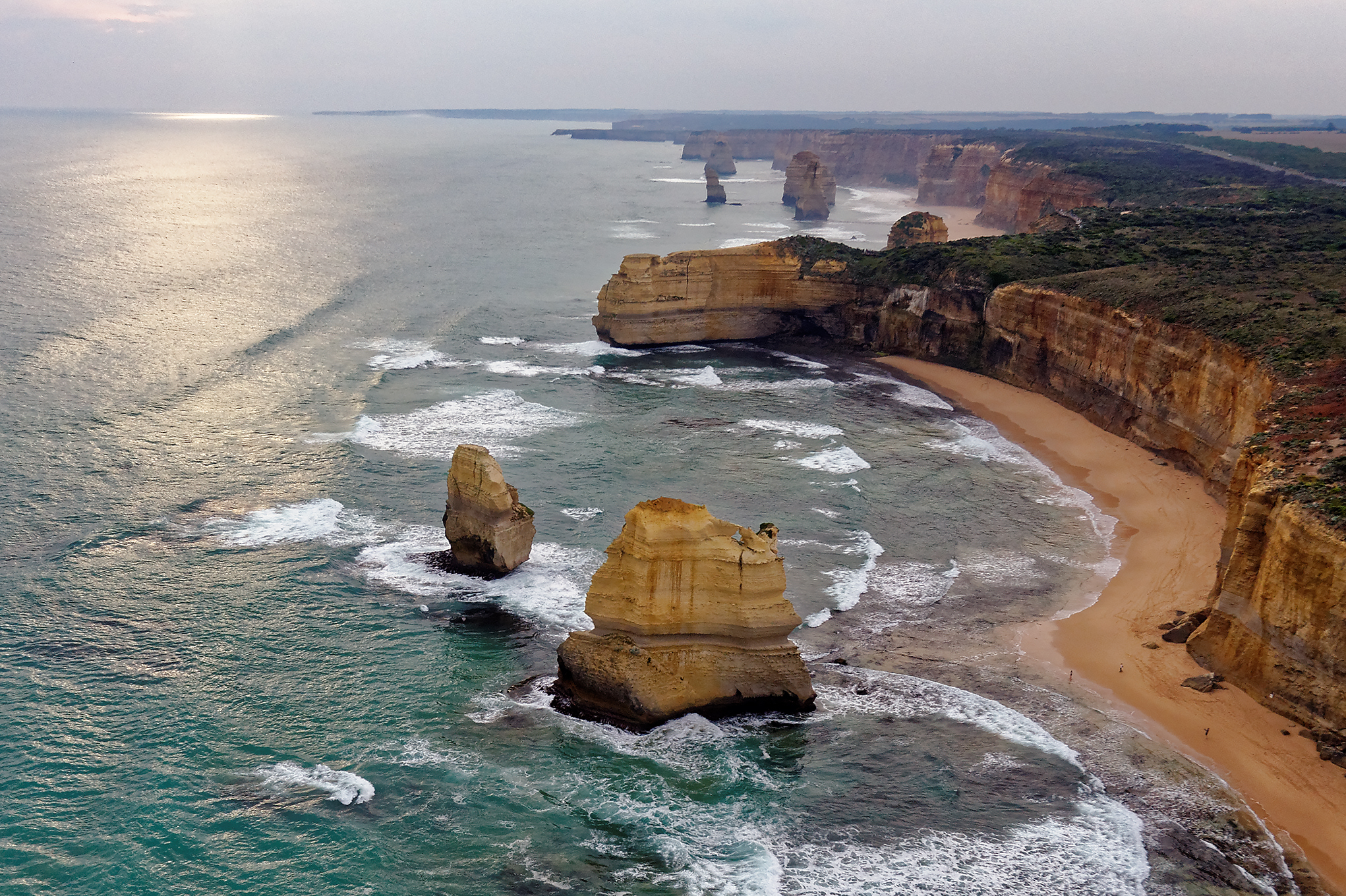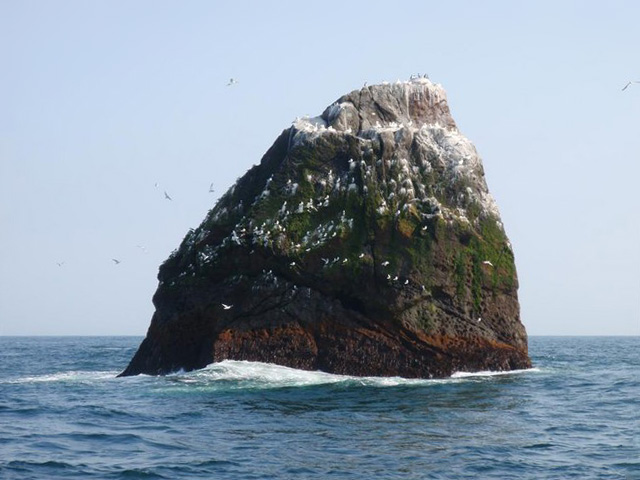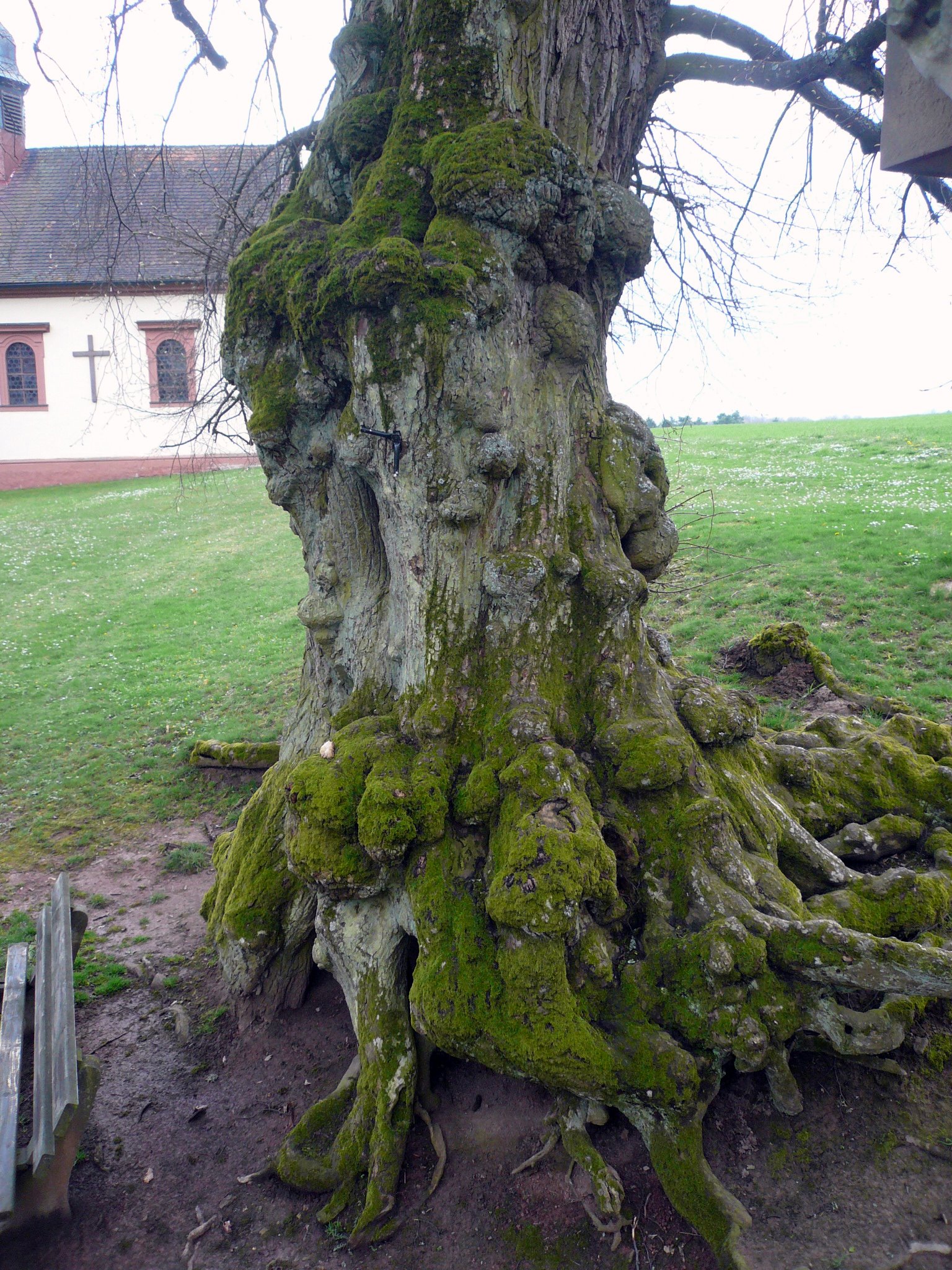|
Reyneke Island
Reyneke Island (, ''Ostrov Reyneke'') is an island in the Eugénie Archipelago within the Peter the Great Gulf of the Sea of Japan. It is administratively part of the city of Vladivostok in Primorsky Krai, Russia, and is located south of the city center. Reyneke Island has an area of approximately and a population of 23 (2005), making it the smallest of four inhabited islands of Primorsky Krai both by area and population. Most residents live in the island's single settlement of the same named located on the northern coast. Reyneke Island is a summer recreation location for the Primorsky Krai region, and tourism is an important part of the local economy. The island is popular due to its pebbly and sandy beaches, the deciduous forest ( oak, acer and tilia) on the western part of the island, and the meadows on the eastern part. Pinales of the Korean pine variety are found on the island. The islet of Vykent Island and many kekurs are found around the coast. Reyneke Island is ... [...More Info...] [...Related Items...] OR: [Wikipedia] [Google] [Baidu] |
Island
An island or isle is a piece of land, distinct from a continent, completely surrounded by water. There are continental islands, which were formed by being split from a continent by plate tectonics, and oceanic islands, which have never been part of a continent. Oceanic islands can be formed from volcano, volcanic activity, grow into atolls from coral reefs, and form from sediment along shorelines, creating barrier islands. River islands can also form from sediment and debris in rivers. Artificial islands are those made by humans, including small rocky outcroppings built out of lagoons and large-scale land reclamation projects used for development. Islands are host to diverse plant and animal life. Oceanic islands have the sea as a natural barrier to the introduction of new species, causing the species that do reach the island to evolve in isolation. Continental islands share animal and plant life with the continent they split from. Depending on how long ago the continental is ... [...More Info...] [...Related Items...] OR: [Wikipedia] [Google] [Baidu] |
Temperate Deciduous Forest
Temperate deciduous or temperate broadleaf forests are a variety of temperate forest 'dominated' by deciduous trees that lose their leaves each winter. They represent one of Earth's major biomes, making up 9.69% of global land area. These forests are found in areas with distinct seasonal variation that cycle through warm, moist summers, cold winters, and moderate fall and spring seasons. They are most commonly found in the Northern Hemisphere, with particularly large regions in eastern North America, East Asia, and a large portion of Europe, though smaller regions of temperate deciduous forests are also located in South America. Examples of trees typically growing in the Northern Hemisphere's deciduous forests include oak, maple, basswood, beech and elm, while in the Southern Hemisphere, trees of the genus ''Nothofagus'' dominate this type of forest. Temperate deciduous forests provide several unique ecosystem services, including habitats for diverse wildlife, and they face a set ... [...More Info...] [...Related Items...] OR: [Wikipedia] [Google] [Baidu] |
Vice Admiral
Vice admiral is a senior naval flag officer rank, usually equivalent to lieutenant general and air marshal. A vice admiral is typically senior to a rear admiral and junior to an admiral. Australia In the Royal Australian Navy, the rank of Vice Admiral (Australia), vice admiral is held by the Chief of Navy (Australia), Chief of Navy and, when the positions are held by navy officers, by the Vice Chief of the Defence Force (Australia), Vice Chief of the Defence Force, the Chief of Joint Operations (Australia), Chief of Joint Operations, and/or the Chief of Capability Development Group. Vice admiral is the equivalent of Air Marshal (Australia), air marshal in the Royal Australian Air Force and Lieutenant General (Australia), lieutenant general in the Australian Army. Canada In the Royal Canadian Navy, the rank of vice-admiral (VAdm) (''vice-amiral'' or ''Vam'' in French language, French) is equivalent to Lieutenant-General (Canada), lieutenant-general of the Canadian Army and Ro ... [...More Info...] [...Related Items...] OR: [Wikipedia] [Google] [Baidu] |
Mikhail Reyneke
Michael Franzevich von Reinecke (; 10 November 1801 – 16 April 1859), better known as Mikhail Reyneke, was a Russian vice-admiral and hydrographer.RU'Михаил Францевич Рейнеке, 1801–1859/ref> During his service in the Imperial Russian Navy, Reinecke extensively documented the White Sea, the Baltic Sea, and the Barents Sea for the Russian Hydrographic Service, and determined the sea level measurement that became standardized throughout Russia. Biography Early life Michael Franzevich von Reinecke was born on 10 November 1801 in Grothusenshof, Livland Governorate, Russian Empire, into an aristocratic family of German descent, with his name translated into the Russian language as Mikhail Reyneke. The Reinecke family originated from the Livonian branch of a prominent Saxon family that appeared in Stargard, Pomerania (now Stargard Szczecinski, Poland) in the fifteenth century. The first documented use of the Reinecke name (also spelled Reineke) was Asmus Rein ... [...More Info...] [...Related Items...] OR: [Wikipedia] [Google] [Baidu] |
Fish Processing
The term fish processing refers to the processes associated with fish and fish products between the time fish are caught or harvested, and the time the final product is delivered to the customer. Although the term refers specifically to fish, in practice it is extended to cover any Aquatic ecosystem, aquatic organisms harvested for commercial purposes, whether caught in wild fisheries or harvested from aquaculture or fish farming. Larger fish processing companies often operate their own fishing fleets or farming operations. The products of the fish industry are usually sold to grocery chains or to intermediaries. Fish are highly perishable. A central concern of fish processing is to prevent fish from deteriorating, and this remains an underlying concern during other processing operations. Fish processing can be subdivided into fish handling, which is the preliminary processing of raw fish, and the manufacture of fish products. Another natural subdivision is into primary processin ... [...More Info...] [...Related Items...] OR: [Wikipedia] [Google] [Baidu] |
Ferry
A ferry is a boat or ship that transports passengers, and occasionally vehicles and cargo, across a body of water. A small passenger ferry with multiple stops, like those in Venice, Italy, is sometimes referred to as a water taxi or water bus. Ferries form a part of the public transport systems of many waterside cities and islands, allowing direct transit between points at a capital cost much lower than bridges or tunnels. Ship connections of much larger distances (such as over long distances in water bodies like the Baltic Sea) may also be called ferry services, and many carry vehicles. History The profession of the ferryman is embodied in Greek mythology in Charon, the boatman who transported souls across the River Styx to the Underworld. Speculation that a pair of oxen propelled a ship having a water wheel can be found in 4th century Roman literature "''Anonymus De Rebus Bellicis''". Though impractical, there is no reason why it could not work and such a ferry, mod ... [...More Info...] [...Related Items...] OR: [Wikipedia] [Google] [Baidu] |
Kekur
A stack or sea stack is a geological landform consisting of a steep and often vertical column or columns of rock in the sea near a coast, formed by wave erosion. Stacks are formed over time by wind and water, processes of coastal geomorphology. britannica.com They are formed when part of a is by , which is the force of the sea or water crashing against the rock. The force of the water weakens cracks in the headland, ... [...More Info...] [...Related Items...] OR: [Wikipedia] [Google] [Baidu] |
Islet
An islet ( ) is generally a small island. Definitions vary, and are not precise, but some suggest that an islet is a very small, often unnamed, island with little or no vegetation to support human habitation. It may be made of rock, sand and/or hard coral; may be permanent or tidal (i.e. surfaced reef or seamount); and may exist in the sea, lakes, rivers or any other sizeable bodies of water. Definition As suggested by its origin ''islette'', an Old French diminutive of "isle", use of the term implies small size, but little attention is given to drawing an upper limit on its applicability. The World Landforms website says, "An islet landform is generally considered to be a rock or small island that has little vegetation and cannot sustain human habitation", and further that size may vary from a few square feet to several square miles, with no specific rule pertaining to size. Other terms * Ait (/eɪt/, like eight) or eyot (/aɪ(ə)t, eɪt/), a small island. It is espe ... [...More Info...] [...Related Items...] OR: [Wikipedia] [Google] [Baidu] |
Pinus Koraiensis
''Pinus koraiensis'' is a species of pine known commonly as the Korean pine. It is a relic species of the Tertiary, identified as a rare tree species by United Nations. It is native to eastern Asia: Korea, northeastern China, Mongolia, the temperate rainforests of the Russian Far East, and central Japan. In the north of its range, it grows at moderate elevations, typically , whereas further south, it is a mountain tree, growing at elevation in Japan. Other common names include Chinese pinenut. The ancient woodland of ''P. koraiensis'' on the earth is about 50 million hectares, and China has about 30 million hectares, accounting for 60%. It is a second-class national key protected plant in China. ''P. koraiensis'' is a tree species with high economic and ecological value. The official name in Chinese is "红松 hóng sōng/red pine", because almost every part of it is related to red. According to research, ''P. koraiensis'' can be divided into two natural types accordin ... [...More Info...] [...Related Items...] OR: [Wikipedia] [Google] [Baidu] |
Pinales
The order Pinales in the division Pinophyta, class Pinopsida, comprises all the extant conifers. The distinguishing characteristic is the reproductive structure known as a cone produced by all Pinales. All of the extant conifers, such as Araucaria, cedar, celery-pine, cypress, fir, juniper, kauri, larch, pine, redwood, spruce, and yew, are included here. Some fossil conifers, however, belong to other distinct orders within the division Pinophyta. Multiple molecular studies indicate this order being paraphyletic with respect to Gnetales, with studies recovering Gnetales as either a sister group to Pinaceae or being more derived than Pinaceae but sister to the rest of the group. Taxonomy History Brown (1825) first discerned that there were two groups of seed plants, distinguished by the form of seed development, based on whether the ovules were exposed, receiving pollen directly, or enclosed, which do not. Shortly afterwards, Brongniart (1828) coined the term '' Phané ... [...More Info...] [...Related Items...] OR: [Wikipedia] [Google] [Baidu] |
Meadow
A meadow ( ) is an open habitat or field, vegetated by grasses, herbs, and other non- woody plants. Trees or shrubs may sparsely populate meadows, as long as they maintain an open character. Meadows can occur naturally under favourable conditions but are often artificially created from cleared shrub or woodland for the production of hay, fodder or livestock. Meadow habitats as a group are characterized as semi-natural grasslands, meaning that they are largely composed of species native to the region, with only limited human intervention. Meadows attract a multitude of wildlife and support flora and fauna that could not thrive in other habitats. They are ecologically important since they provide areas for animal courtship displays, nesting, food gathering, pollinating insects, and sometimes sheltering if the vegetation is high enough. Intensified agricultural practices (too frequent mowing, use of mineral fertilizers, manure and insecticides) may lead to declin ... [...More Info...] [...Related Items...] OR: [Wikipedia] [Google] [Baidu] |
Tilia
''Tilia'' is a genus of about 30 species of trees or bushes, native throughout most of the temperateness, temperate Northern Hemisphere. The tree is known as linden for the European species, and basswood for North American species. In Great Britain and Ireland they are commonly called lime trees, although they are not related to the citrus Lime (fruit), lime. The genus occurs in Europe and eastern North America, but the greatest species diversity is found in Asia. Under the Cronquist system, Cronquist classification system, this genus was placed in the family Tiliaceae, but genetic research summarised by the Angiosperm Phylogeny Group has resulted in the incorporation of this genus, and of most of the previous family, into the Malvaceae. ''Tilia'' is the only known ectomycorrhizal genus in the family Malvaceae. Studies of ectomycorrhizal relations of ''Tilia'' species indicate a wide range of fungal symbionts and a preference toward Ascomycota fungal partners. Description ''T ... [...More Info...] [...Related Items...] OR: [Wikipedia] [Google] [Baidu] |







